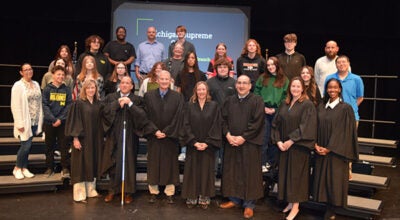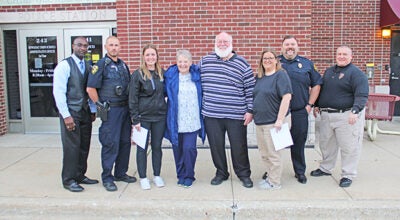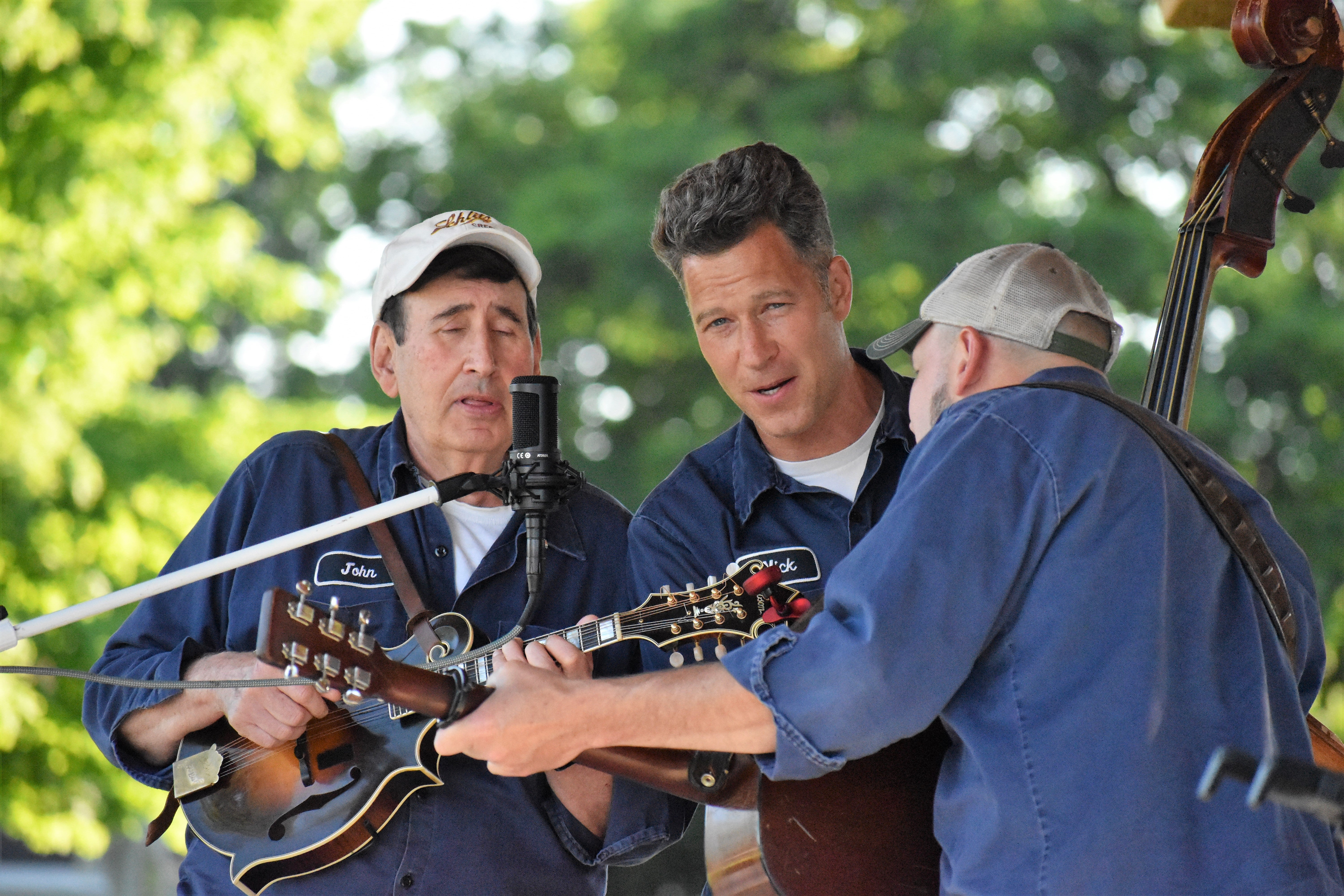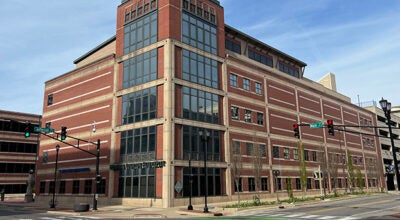Sketching the future
Published 12:15 am Wednesday, February 16, 2011

Niles city and township residents discussed the future of the South 11th Street corridor Tuesday night during a community meeting. (File photo)
It’s not every day a group of adults gets together to draw with magic markers. But that’s exactly what happened Tuesday night when Niles city and township residents and business owners gathered at Ring Lardner Middle School for a community meeting to discuss the 11th Street Corridor Project.
The project, being spearheaded by the City of Niles, Niles Township and the Southwestern Michigan Economic Growth Alliance, aims to establish a new vision for the 11th Street Corridor between Main Street and the Indiana state line and bring future economic development to the corridor.
The Land Information Access Association (LIAA), a non-profit community service organization out of Traverse City, is providing assistance for the project under a service grant from the Partnerships for Change Sustainable Communities Program.
Those who attended Tuesday’s meeting had the opportunity to draw on maps of the corridor suggestions of where crosswalks, sidewalks, trails and public transportation facilities should be placed.
Harry Burkholder, community planner for LIAA who led the discussion, encouraged people to “think big” when making suggestions for the corridor.
Some of the areas of improvement that were discussed by attendees included filling vacant buildings with diverse businesses, establishing more uniform signage among the businesses, reducing curb cuts, adding more sidewalks for increased walkability and adding a public park.
The 11th Street Corridor, which is the gateway to Michigan from South Bend, sees 17,000 to 22,000 vehicles per day, according to a 2009 Michigan Department of Transportation study.
But some residents complained that there is little distinction between Niles and South Bend on the street.
Burkholder agreed, suggesting at least a sign welcoming people into Niles should be added at the border.
“There’s no reason we can’t do that,” he said, adding much more can be done to create a better “sense of place.”
Burkholder said lack of sidewalks makes the corridor very vehicle-dominated, adding the best streets have a “balance of transportation.”
“Sign clutter” is another big issue on South 11th Street, according to Burkholder.
“If you are going 35 miles per hour down the street and you can read all those signs, I’ll give you $1,000,” he said.
Burkholder said the corridor has a lot going for it as well with high traffic volume, interesting topography and diversity of land use.
Tuesday was the project’s first community meeting with more to be scheduled in the future in hopes of the public offering direction for the vision of the corridor.
The public is also invited to project steering committee meetings on the third Tuesday of each month.
For more information on the project, visit its website at www.planfor11thstreet.info.






